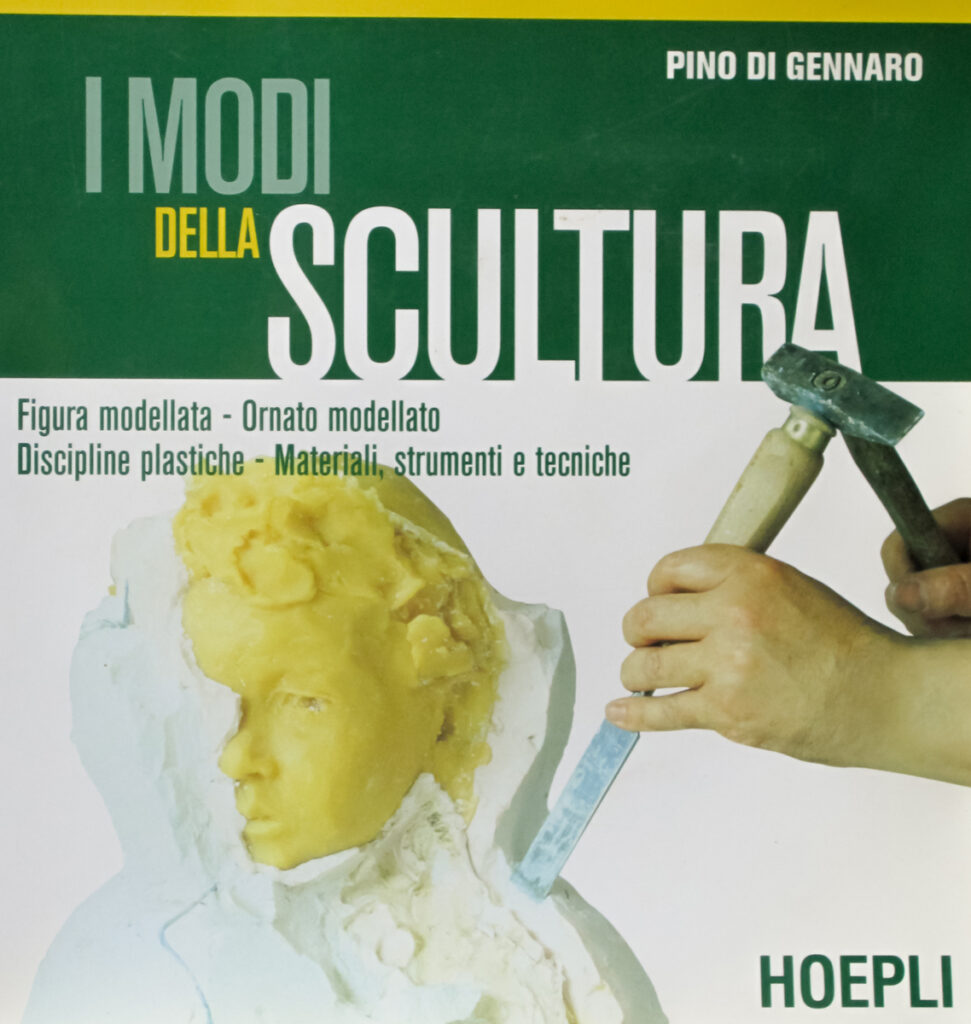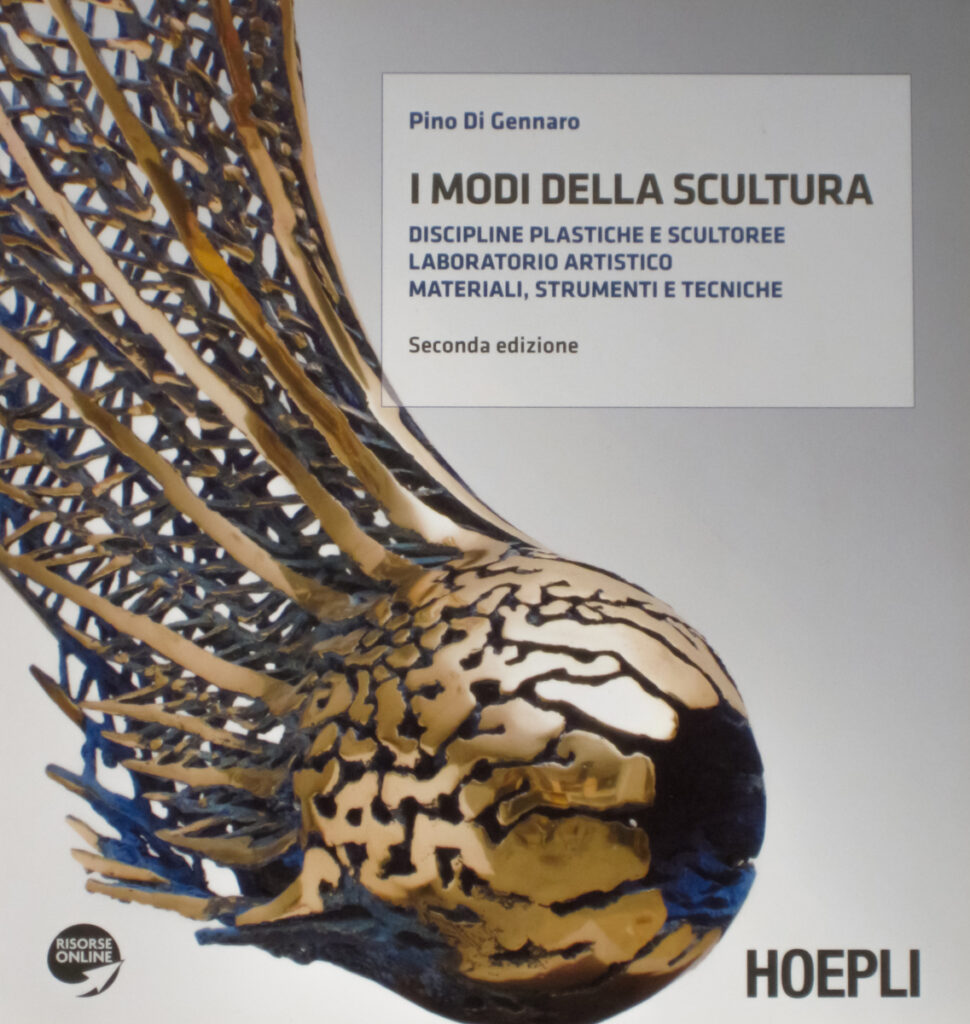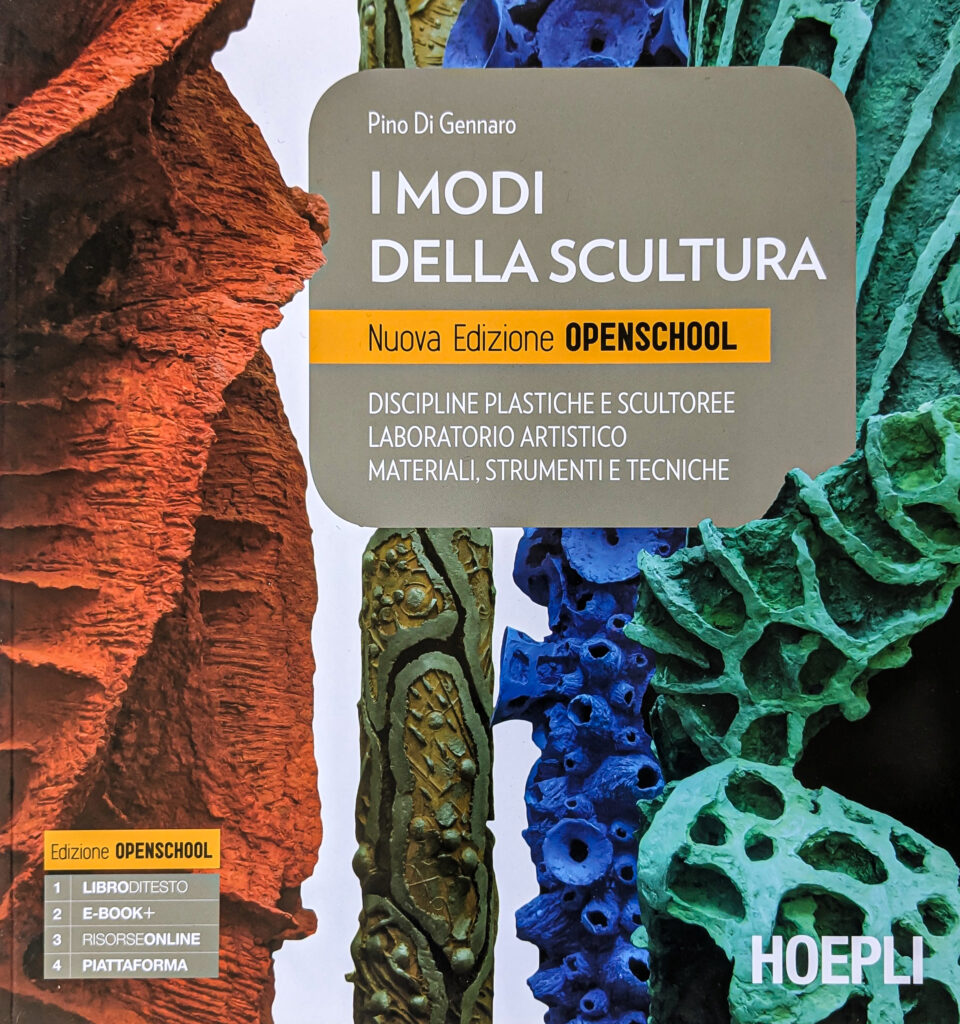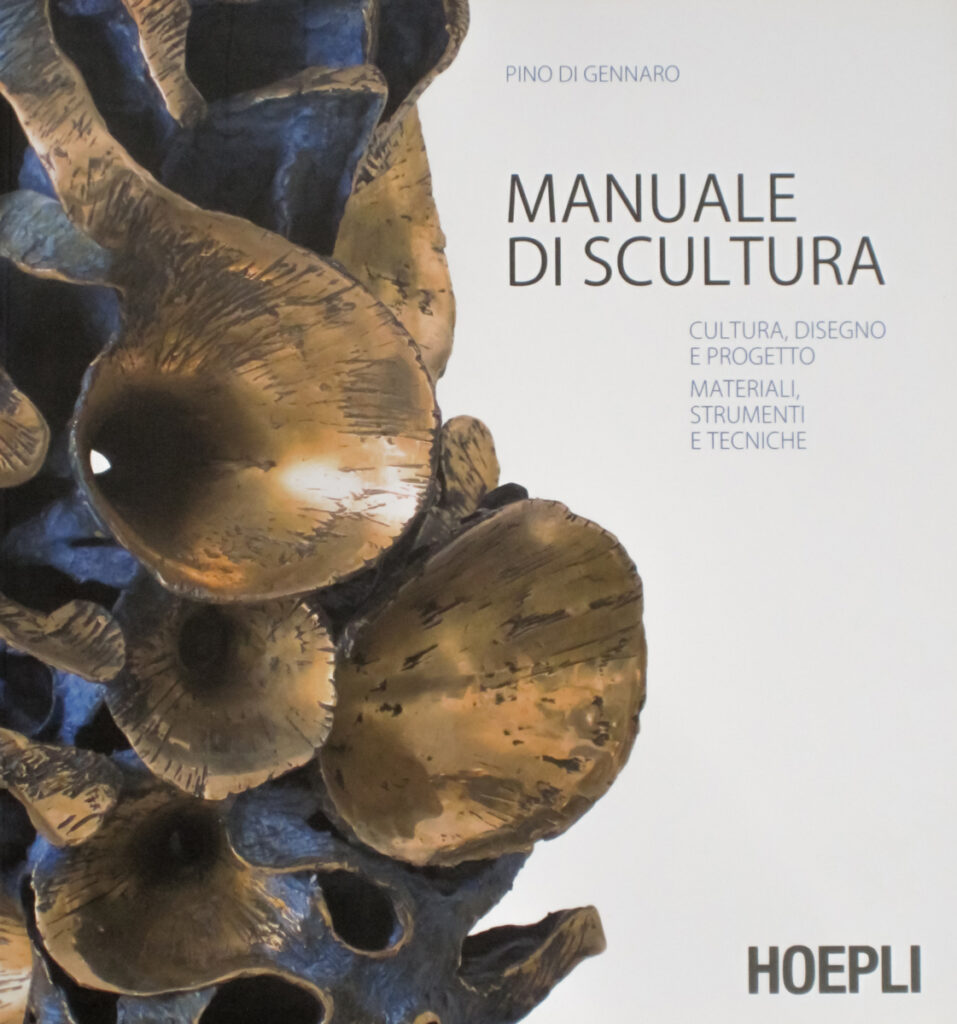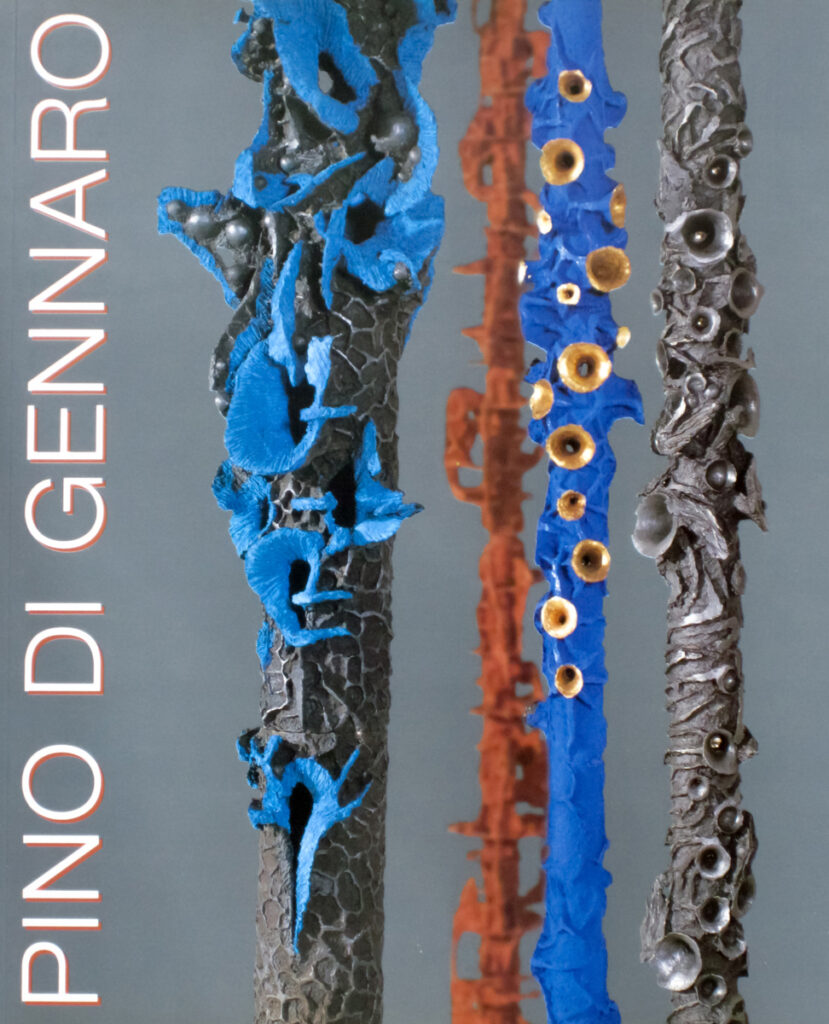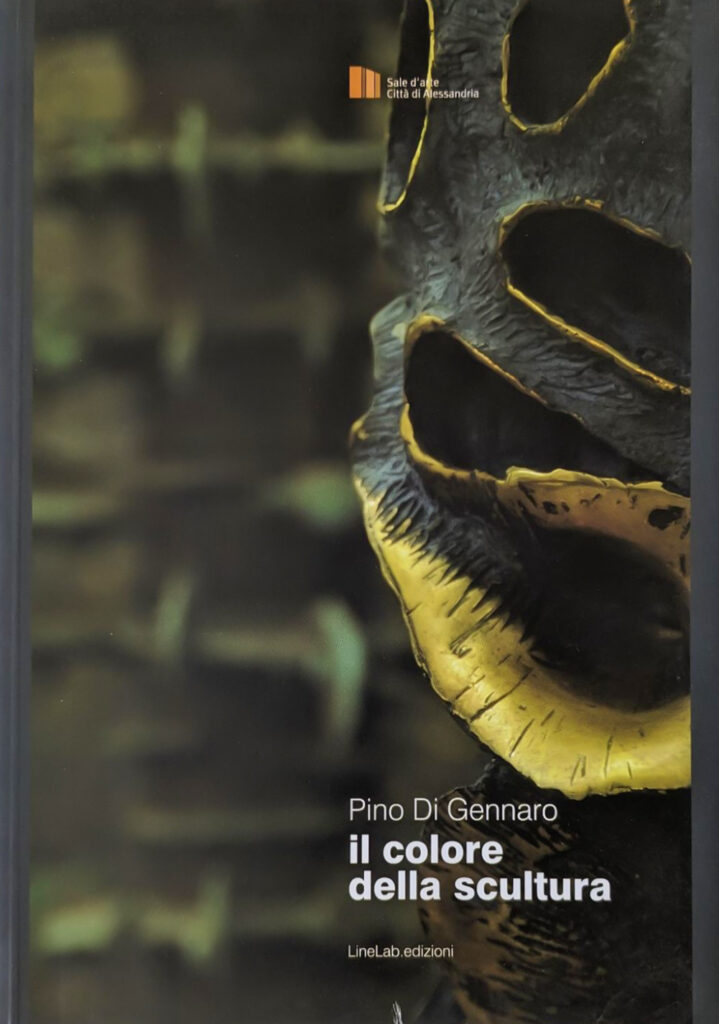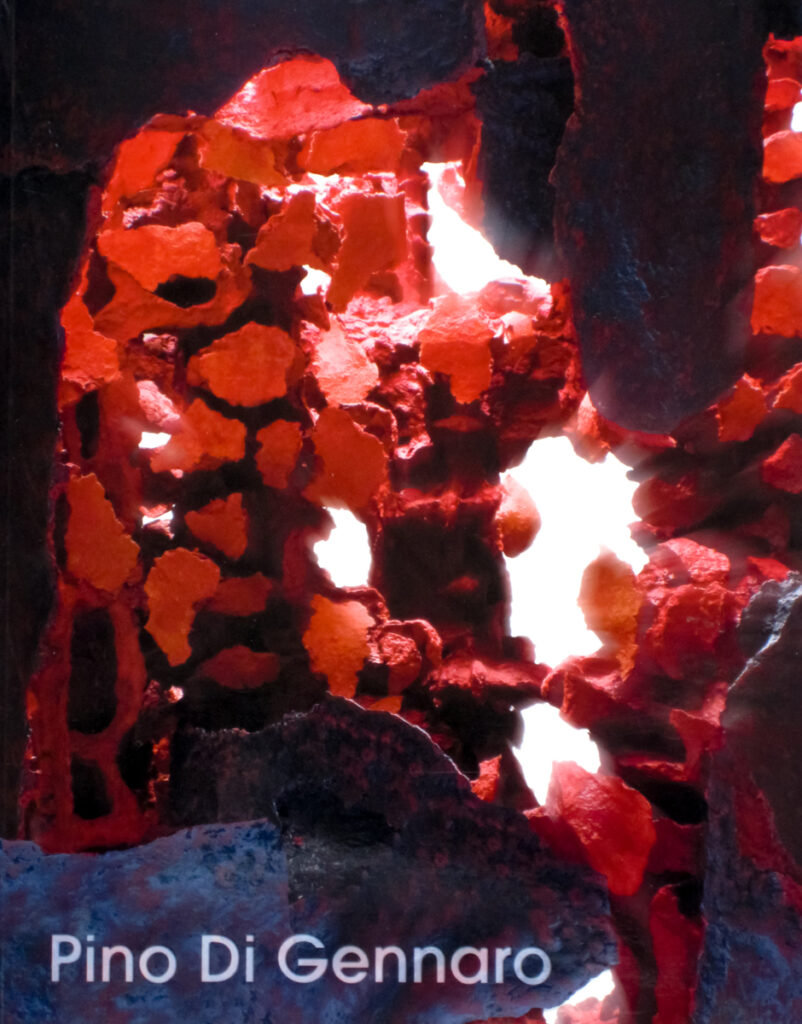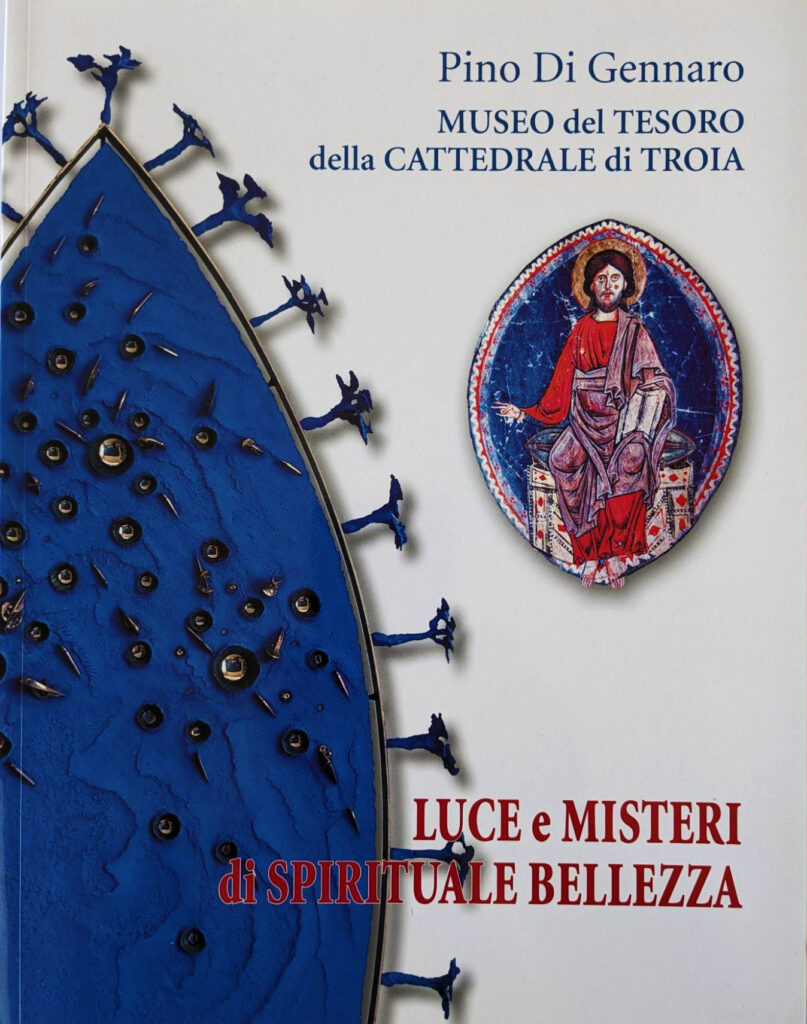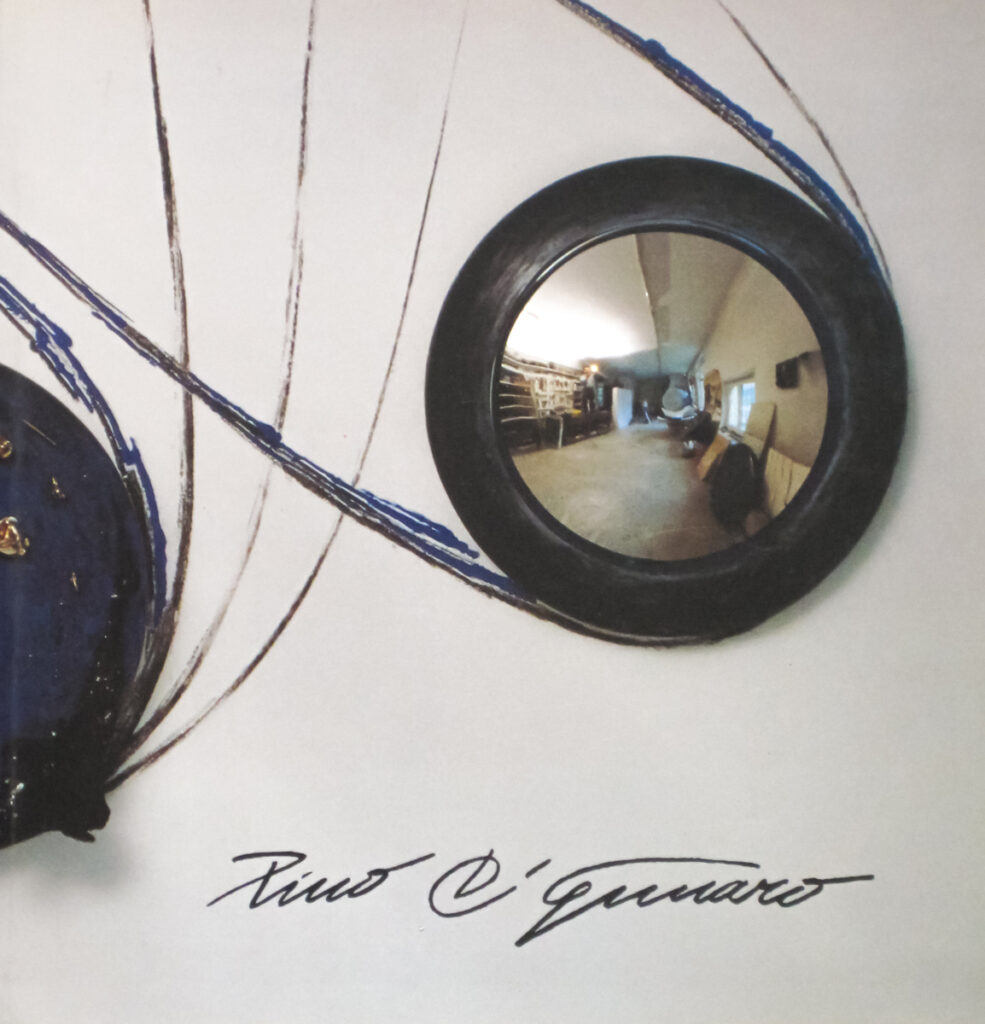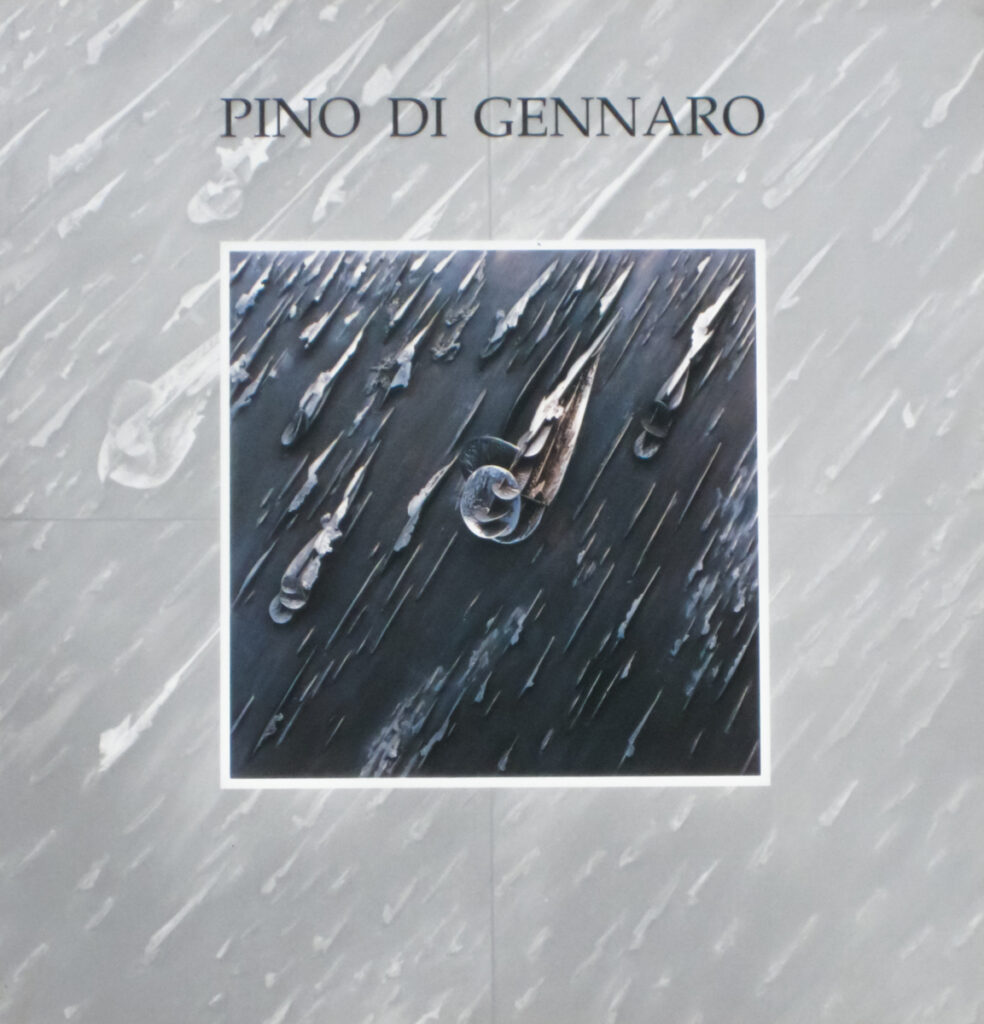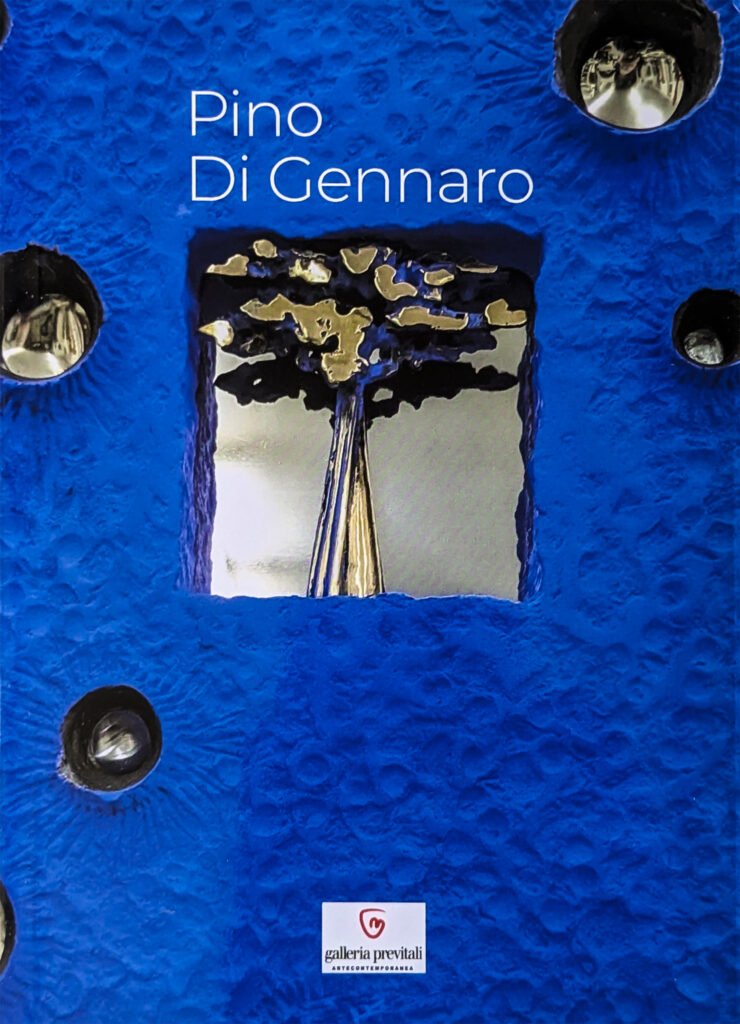I Modi della Scultura
First Edition
Description
1997
The intense activity dedicated to teaching and instructing sculpture is embodied in the writing of the school textbook “I modi della scultura,” published by Casa editrice Ulrico Hoepli.
The work gradually addresses various aspects of three-dimensionality from the perspectives of perception, teaching, and the understanding of techniques.
I Modi della Scultura Second Edizione
Description
2011
Seconda Edition of “I modi della scultura”, Casa editrice Ulrico Hoepli.
I Modi della Scultura
Third Edition
Description
2014
Third Edition of “I modi della scultura”, Casa editrice Ulrico Hoepli.
Manuale di Scultura
Description
2011
Manuale di Scultura, published by Hoepli, is a comprehensive text—an indispensable resource for professionals and enthusiasts of sculpture alike. It effectively demonstrates how theory and practice are inseparable and work together equally in the creation of a work of art.
<br>As you leaf through the volume, observing the many images of artists at work and works gradually taking their final shape, a simple and effective path emerges, engaging the reader and aiming to inspire and deepen their passion for sculpture.
I Pilastri del Cielo
Description
2003
“I Pilastri del Cielo”, The Pillars of Heaven: Museo Fondazione Luciana Matalon, Milano, curated by G. Gigliotti—a way of reinventing the universe with asemantic and imaginative signs, as if using a celestial alphabet, a universe observed through the telescope of the mind, with structures up to three and a half meters tall forming a forest of world trees.
Monumento alla pace
Description
1997
“Monumento alla pace,” Piazza San Secondino, Troia: from design to realisation and installation, with texts by Domenico La Bella, Mariano Loiacono, Marina De Stasio, and the bishop of the Lucera-Troia diocese, Mons. Francesco Zerrillo—sculpture made to create peace and harmony, composed of masses and volumes where light is the fundamental component.
Mostra Antologica
Description
2001
“Pino Di Gennaro: mostra antologica” curated by Rossana Bossaglia, who writes: P. Di Gennaro addresses subtle philosophical problems connected to significant ethical issues. Yet, he communicates them through intense materiality, bordering on the sensual, with an imaginative fantasy that fully captivates and involves.
Il colore della scultura
Description
2008
“The Color of Sculpture” curated by Paola Gastaldi, LineLab.edizioni, at the Art Halls of Alessandria. The ability to shape sculptural material is demonstrated by a bronze that appears to have been oxidised by the passage of an immeasurable span of time and space, bringing closer to us what is almost entirely invisible to our eyes.
La formica e le cicale
Description
2012
“La formica e le cicale” curated by Gaetano Cristino, published by Claudio Grenzi, on the occasion of the exhibition presented at the Palazzetto dell’Arte, Civic Museum, and Sala Propilei in Foggia. The catalogue documents ten years of the sculptor’s artistic research, highlighting the expressive potential of bronze, the organic symbolism of papier-mâché, and the immateriality of wax.
Luce e misteri di spirituale bellezza
Description
2019
“Light and Mysteries of Spiritual Beauty” curated by Anna Maria Martino, Museo del Tesoro della Cattedrale di Troia, with a critical text by Giuseppe Di Napoli. The exhibition celebrates the union of past and recent history, the synergy between modern and ancient beauty meant to be passed on to future generations—to inspire wonder and mystery.
Frammenti di spazi celesti
Description
1995
“Frammenti di spazi celesti”, a cura di Francesco Tedeschi, Galleria San Fedele, Milano. In the introduction, F. Tedeschi writes of the sculptor: “For some time, celestial, stellar, infinite space has become… the metaphor for an aerial, suspended setting of works that challenge the law of gravity and contain the many possible meanings of representing celestial bodies”.
Corpi celesti e tracce spaziali
Description
1994
“Celestial Bodies and Spatial Traces” curated by Marina De Stasio, Spazio Mecenate, Lucera. In Di Gennaro’s work, space enters sculpture—in panels, discs, or papers that create cosmic maps—and sculpture in turn enters and transforms space through installations.
Tocco il cielo con le dita
Description
2024
Catalogo a cura di Jacqueline Ceresoli in occasione della mostra alla Galleria Previtali Arte Contemporanea di Milani “Negli ultimi lavori Di Gennaro, supera la fase informale degli esordi, sperimenta diversi pigmenti e utilizza principalmente cera e cartapesta, materiale sostenibile, cosi prende posizione e si schiera tra gli artisti impegnati in tematiche ambientali, contro cause ed effetti devastanti l’Antropocene, come per esempio ha dimostrato con le sue installazioni dedicate alle api, guardiane dell’ecosistema”
